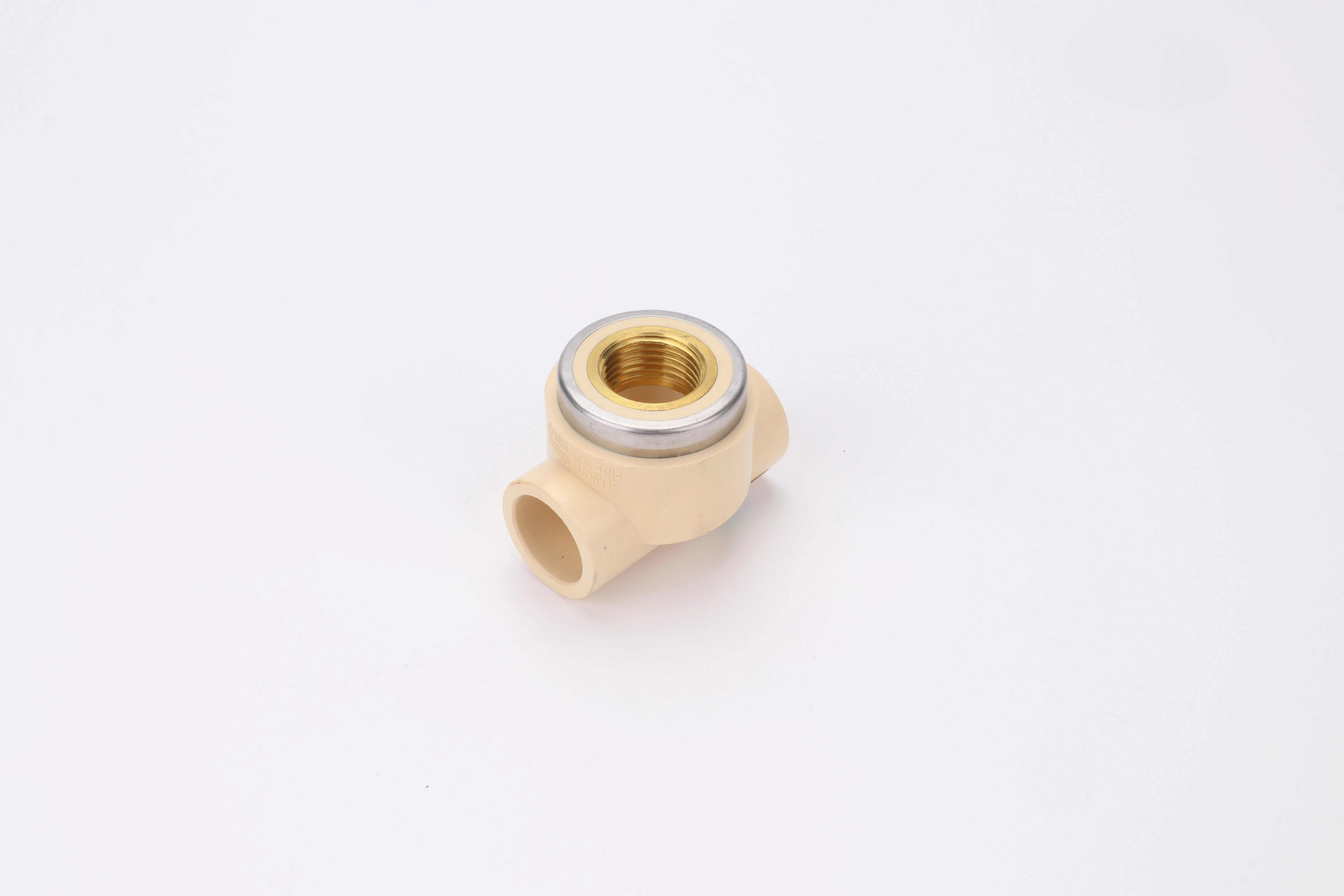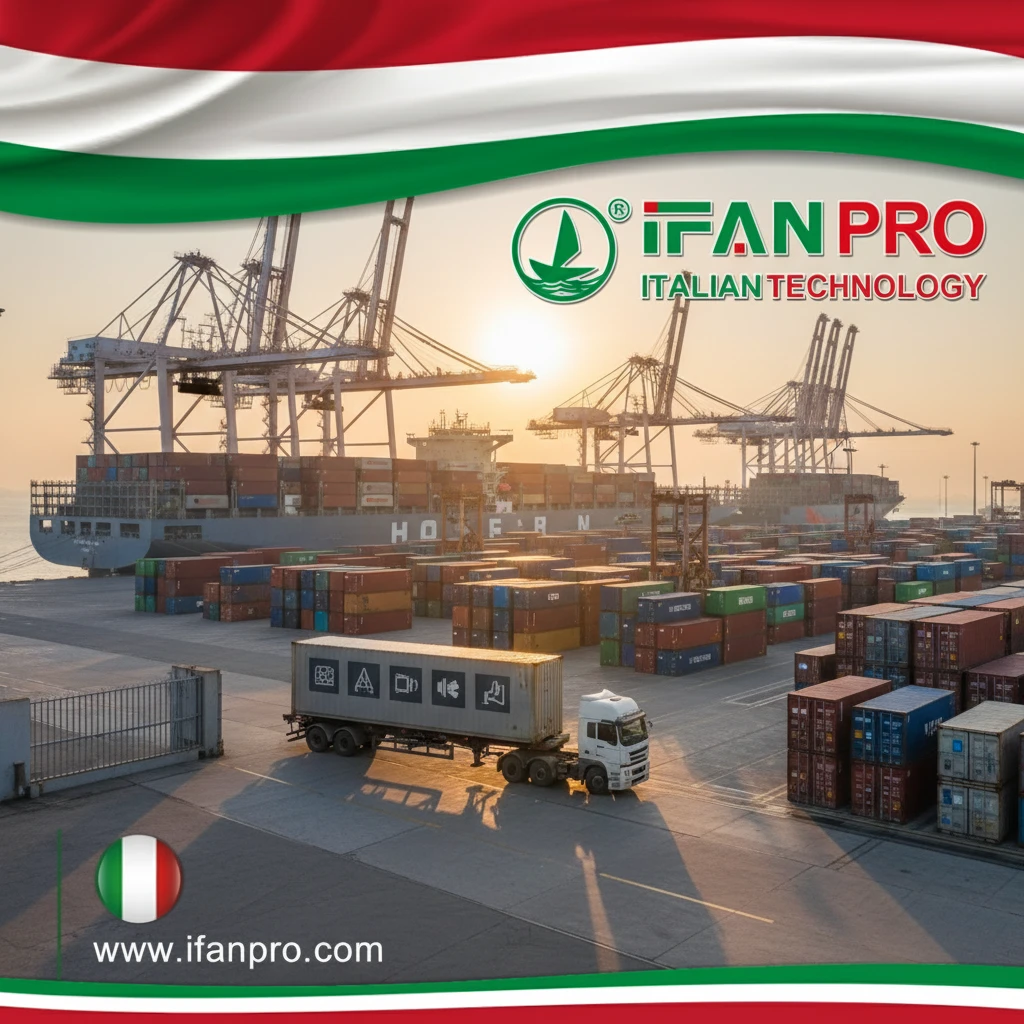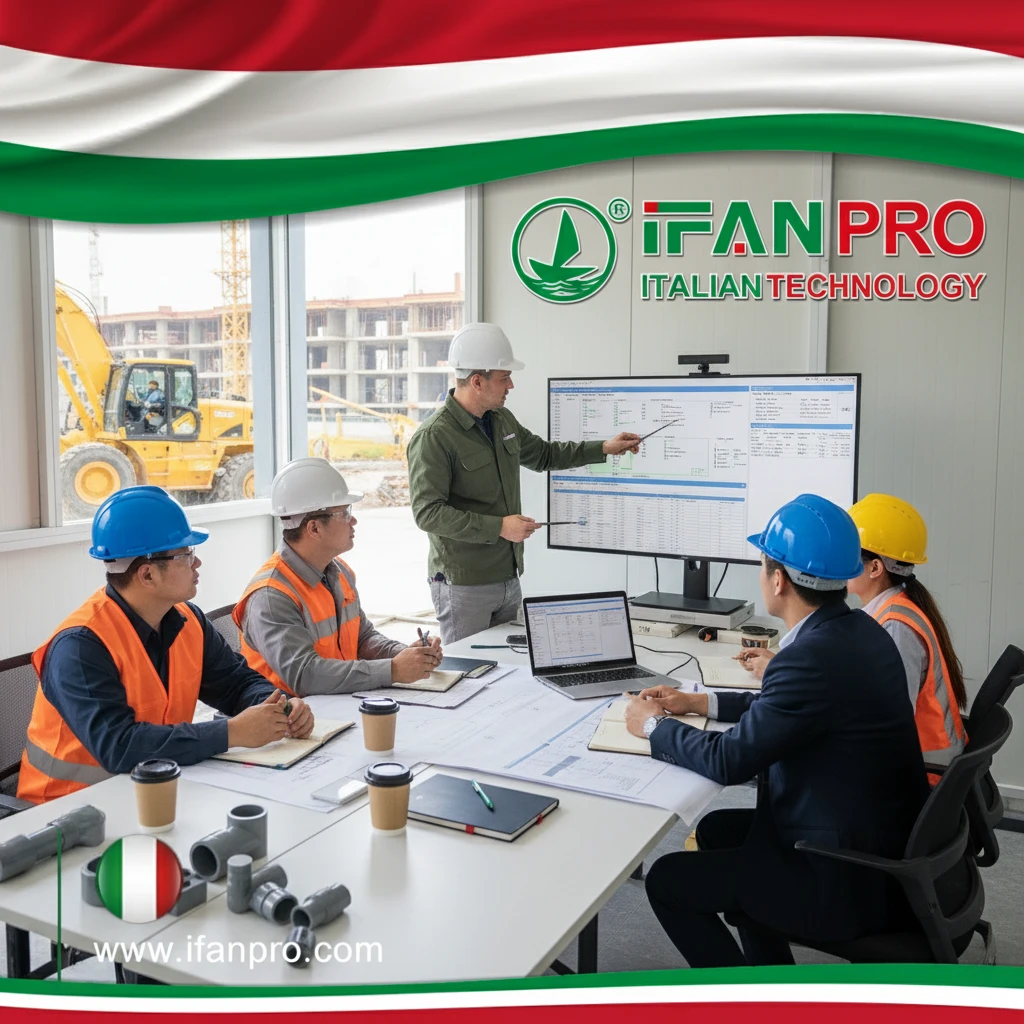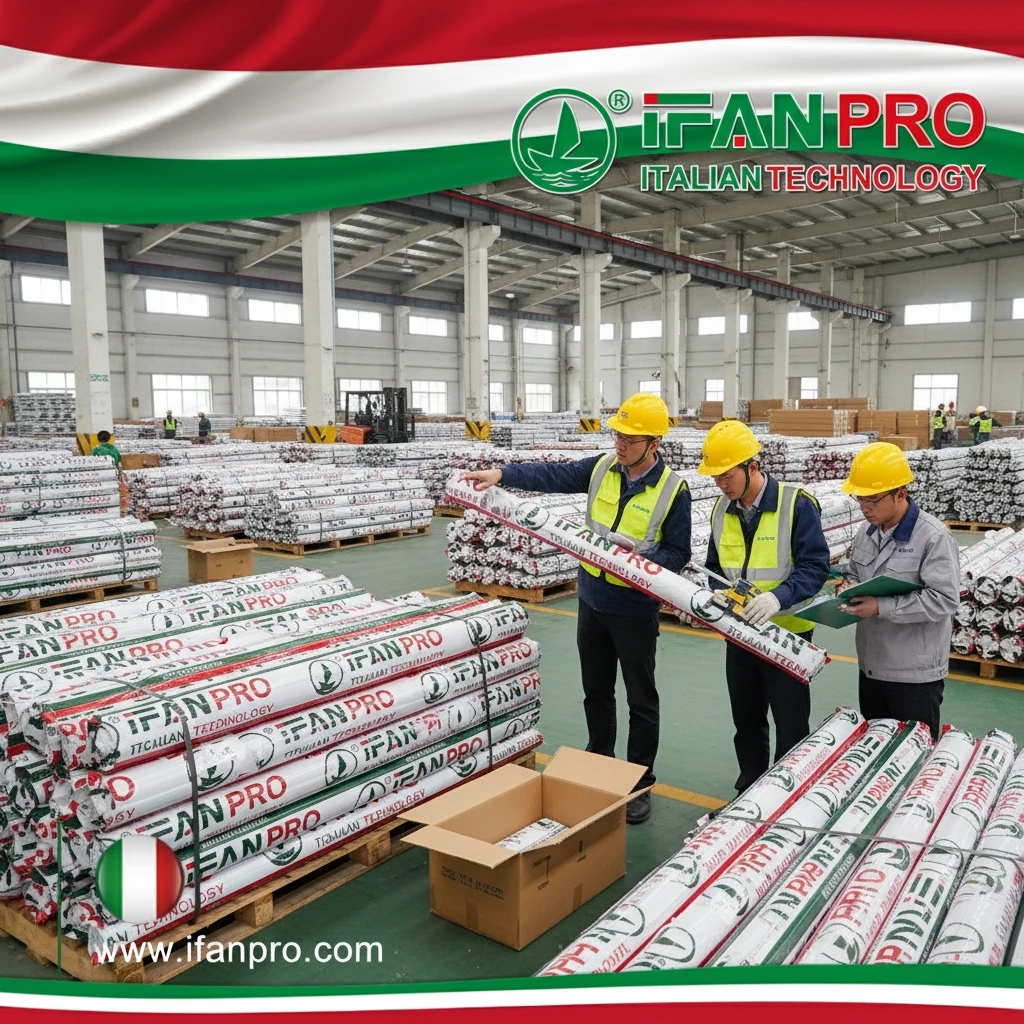During a chemical plant retrofit, I witnessed how PVC pipes outlasted stainless steel in handling acidic waste streams, with the metal components requiring replacement after just two years while the PVC system remained intact. This practical demonstration revealed the remarkable chemical resistance of properly formulated PVC materials.
PVC’s resistance to acids and alkalis stems from its stable carbon-chlorine molecular bonds and non-polar structure that prevent chemical reactions with corrosive substances. The chlorine content provides inherent protection against oxidation and degradation, while the polymer’s high molecular weight creates a dense, impermeable barrier against chemical penetration and attack.
Understanding the scientific basis for PVC’s chemical stability helps engineers and installers make informed material selection decisions. Furthermore, recognizing the limits of this resistance prevents application failures. Now, let’s examine the specific mechanisms that make PVC exceptionally durable in corrosive environments.
What Chemical Structure Makes PVC Inert to Corrosive Substances?
When we analyzed failed pipe samples from different chemical applications, the consistent pattern revealed that successful PVC installations had maintained molecular integrity while failed alternative materials showed significant chemical degradation at the molecular level.
PVC’s chemical inertness originates from its strong carbon-chlorine covalent bonds requiring significant energy to break, hydrophobic backbone that repels water-based corrosives, and dense molecular packing that prevents penetrant diffusion. The chlorine atoms create an electron-deficient chain that resists oxidation and electrophilic attacks common in acidic and alkaline environments.

Molecular Defense Mechanisms
PVC’s resistance operates through multiple protective mechanisms:
Bond Strength and Stability
The carbon-chlorine bonds in PVC have a dissociation energy of approximately 327 kJ/mol, making them resistant to breaking under normal chemical exposure conditions. This strength prevents the polymer backbone from degrading when exposed to most acids and alkalis. Additionally, the chlorine atoms shield the carbon backbone through both steric hindrance and electronic effects.
Molecular Architecture
PVC’s predominantly amorphous structure with minimal crystalline regions creates a tortuous path for chemical penetrants. The random arrangement of polymer chains means corrosive substances must follow longer, more complex pathways to penetrate the material. This architectural resistance significantly slows degradation rates compared to more structured polymers.
Polarity Characteristics
The electronegative chlorine atoms create a relatively non-polar material surface that resists interaction with polar corrosive substances. This property makes PVC particularly effective against inorganic acids, bases, and salts that rely on polar interactions to initiate corrosion processes in metallic materials.
How Does PVC Maintain Stability in Acidic and Alkaline Environments?
Our laboratory testing exposed various PVC formulations to extreme pH environments, with results showing that properly formulated PVC maintained over 90% of its mechanical properties after prolonged exposure to both strong acids and alkalis that completely degraded alternative materials.
PVC maintains chemical stability through neutralization of attack mechanisms by chlorine atoms, preservation of molecular weight under chemical exposure, and maintenance of mechanical properties despite surface contact with corrosives. Stabilizer packages in formulated PVC compounds further enhance this inherent resistance by scavenging free radicals and absorbing hydrochloric acid byproducts.
Resistance Mechanisms by Environment
PVC performs differently in acidic versus alkaline conditions:
Acidic Environment Performance
In acidic conditions, PVC’s chlorine atoms create an electron-deficient environment that resists protonation from acids. The material doesn’t contain vulnerable functional groups like esters or amides that acids typically attack. Even strong mineral acids like hydrochloric and sulfuric acid have minimal effect at concentrations below 50% at room temperature.
Alkaline Environment Performance
In alkaline environments, PVC resists the nucleophilic attack that degrades many other polymers. The chlorine atoms withdraw electron density from the polymer backbone, making it less susceptible to hydroxide ion attack. PVC maintains integrity in sodium hydroxide solutions up to 50% concentration at temperatures below 60°C.
Temperature Considerations
While PVC offers excellent chemical resistance at ambient temperatures, performance decreases as temperatures increase. The table below shows how temperature affects PVC’s chemical resistance:
| Окружающая среда | Room Temp Performance | Elevated Temp (50°C) | High Temp (70°C) |
|---|---|---|---|
| Sulfuric Acid (<40%) | Excellent | Good | Limited |
| Hydrochloric Acid (<30%) | Excellent | Good | Fair |
| Sodium Hydroxide (<40%) | Excellent | Good | Limited |
| Ammonia Solution | Excellent | Good | Fair |
Which Industrial Applications Benefit from PVC’s Chemical Resistance?
We documented a 300% lifespan improvement when a semiconductor manufacturer switched from stainless steel to PVC for ultrapure water distribution, demonstrating how PVC’s chemical inertness provides tangible benefits in sensitive industrial processes where metallic contamination poses significant problems.
Industrial applications benefiting most from PVC’s chemical resistance include chemical processing pipelines, wastewater treatment systems, semiconductor manufacturing, pharmaceutical production, and mining operations. These sectors leverage PVC’s corrosion resistance to reduce maintenance costs, prevent product contamination, and extend system lifespan in aggressive chemical environments.
High-Value Applications
Specific industries achieve significant advantages with PVC:
Chemical Processing
PVC pipes and tanks handle a wide range of corrosive chemicals including acids, alkalis, and salts. The material’s resistance to both chemical attack and stress corrosion cracking makes it ideal for chemical transfer lines, ventilation ductwork, and storage applications. Many chemical plants use PVC for secondary containment systems as well.
Water and Wastewater Treatment
In treatment facilities, PVC resists degradation from chlorine, alum, ferric chloride, and other water treatment chemicals. Its smooth interior surface prevents scaling and buildup, maintaining flow efficiency over decades of service. PVC’s immunity to electrolytic corrosion makes it particularly valuable in areas with stray electrical currents.
Semiconductor and Pharmaceutical
These ultra-clean industries utilize PVC’s non-contaminating properties for high-purity water distribution, chemical delivery systems, and waste drainage. PVC doesn’t leach metallic ions that would compromise product quality, and its joint integrity prevents bacterial ingress in critical processes.
Application-Specific Advantages
Different industries value particular aspects of PVC’s chemical resistance:
| Industry | Primary Chemical Challenge | PVC Advantage | Alternative Materials |
|---|---|---|---|
| Chemical Processing | Mixed corrosive streams | Broad chemical resistance | Requires multiple materials |
| Water Treatment | Chlorine, coagulants | Chlorine resistance | Metals corrode quickly |
| Semiconductor | Ultra-purity requirements | Non-contaminating | Higher cost alternatives |
| Mining | Acid mine drainage | Sulfuric acid resistance | Limited options |
| Agriculture | Fertilizers, pesticides | Chemical resistance | Degradation issues |
How Does PVC’s Resistance Compare to Other Plastic Piping Materials?
When a industrial facility needed to standardize their piping materials, we conducted comparative testing of five different plastic piping materials across their most common chemical exposures, with results showing PVC provided the optimal balance of chemical resistance, mechanical properties, and cost-effectiveness for their specific applications.
PVC offers superior resistance to acids, chlorine, and inorganic chemicals compared to polypropylene and polyethylene, while providing better mechanical strength and cost-effectiveness than PTFE for many applications. However, PVC has limitations with certain solvents and higher temperatures where CPVC, PVDF, or PP may outperform standard PVC formulations.
Comparative Chemical Resistance
Different plastics excel in specific chemical environments:
Versus Polyolefins (PP, PE)
PVC generally outperforms polypropylene and polyethylene in resistance to oxidizing agents like chlorine and hydrogen peroxide. While PP offers better resistance to some solvents, PVC maintains superior mechanical strength and flame resistance. PVC’s higher density provides better barrier properties against gas and chemical permeation.
Versus Fluoropolymers (PTFE, PVDF)
Fluoropolymers like PTFE offer broader chemical resistance, particularly to solvents and higher temperatures, but at significantly higher cost. PVC provides adequate resistance for most industrial applications at a fraction of the price, with better mechanical properties for structural applications.
Versus CPVC
Chlorinated PVC (CPVC) shares similar chemical resistance with standard PVC but extends the temperature range for chemical service. While both materials resist the same chemicals, CPVC maintains this resistance at higher operating temperatures, typically 20-30°C above standard PVC’s limits.
Material Selection Guide
Choose piping materials based on specific chemical exposure:
| Chemical Environment | Best Material Choices | PVC Performance | Limitations |
|---|---|---|---|
| Inorganic Acids (dilute) | PVC, CPVC, PP | Excellent | Temperature limited |
| Inorganic Acids (conc.) | PVDF, PTFE | Good to Excellent | Concentration dependent |
| Caustics (dilute) | PVC, PP, PE | Excellent | Temperature limited |
| Oxidizing Agents | PVC, PTFE | Excellent | Better than polyolefins |
| Organic Solvents | PP, PTFE, PVDF | Poor to Fair | Not recommended |
| Chlorinated Water | PVC, CPVC | Excellent | Superior to metals |
Practical Selection Methodology
Implement this systematic approach for material selection:
Chemical Compatibility Assessment
First, identify all chemicals, concentrations, and temperatures in the application. Consult chemical resistance charts specific to each material, and consider potential chemical interactions or changes in the process stream. Additionally, evaluate cleaning and sterilization chemicals that may be more aggressive than process chemicals.
Total Cost of Ownership Analysis
While initial material cost is important, consider installation expenses, expected service life, maintenance requirements, and potential failure consequences. PVC often provides the lowest lifetime cost for applications within its chemical and temperature limits despite higher initial cost than some alternatives.
Performance Verification
Before full-scale implementation, conduct exposure testing with actual chemicals at operating conditions. Monitor for changes in mechanical properties, surface degradation, and potential chemical absorption. This real-world verification prevents unexpected failures in critical applications.
Заключение
PVC’s resistance to acids and alkalis stems from its unique molecular structure with strong carbon-chlorine bonds and stable polymer backbone that withstands chemical attack across a broad range of concentrations and temperatures. This chemical inertness makes PVC ideal for numerous industrial applications where corrosion resistance is critical, though understanding its limitations relative to alternative materials ensures proper selection for specific chemical environments and operating conditions.













Последние комментарии